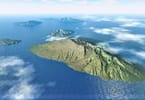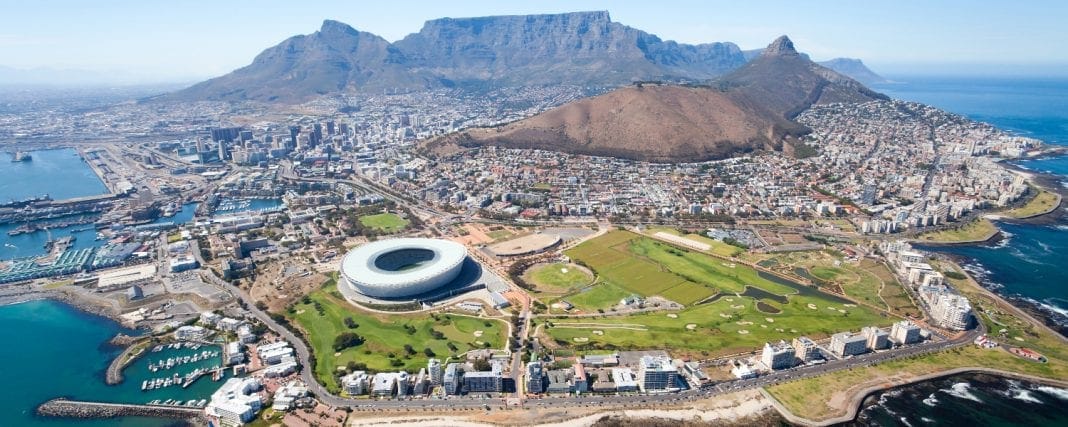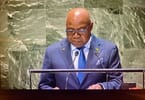Since the severe acute respiratory syndrome (SARS) pandemic in 2003, tourist arrivals in Australia have grown steadily. However, the report forecasts arrival numbers to drop by 2% year-on-year (y-o-y) in 2009 to 5.32mn.
The industry will be hit by dwindling price competitiveness from its major source destinations, which include the UK and New Zealand, as the Australian dollar continues to strengthen. Discretionary spending is being reined in by many potential tourists and business travellers. Heavy fare discounting by airlines has helped the tourism market as it has encouraged many to take advantage of the low fares on offer. This will be short-lived, however, as global oil prices trend upwards, putting pressure on airlines’ profitability and by 2010 we expect fare discounts will peter out to offset the rising costs of fuel. That said, competition between low-cost carriers in Australia and Asia Pacific will keep fares relatively low.
We do not expect the H1N1virus (swine flu) to have a major impact on tourism numbers in Australia as concerns about the virus have been subdued by its moderate symptoms and relatively low mortality rate.
For 2010, the report forecasts arrival numbers to begin to tick upwards again, reaching 5.41mn, surpassing 6.00mn at the end of our forecast period in 2013.
Collective government expenditure on travel and tourism amounted to an estimated US$2,422mn in 2008 and is forecast to increase to US$2,651mn in 2009, trending up to a forecast US$3,522mn by 2013. The government is planning to launch a new marketing campaign to brand the country. It plans to spend US$20mn between 2009 and 2013 and to launch the new brand in 2010. According to Minister for Trade Simon Crean, the plan is to create ‘a cohesive brand that captures the essence of Australia and underscores the quality of all that we have to offer in sectors such as trade, investment and education.’ Australia receives the majority of tourists from Asia Pacific, followed by Europe and North America.
New Zealand is its largest source market, while Japan and China are growing steadily. China has been flagged by the Ministry of Tourism as Australia’s fastest growing market, although inbound tourism is under threat due to souring diplomatic relations between Australia and China. A series of incidents, including the arrest in China of four Rio Tinto executives and the Australian government granting a visa to Uighur leader Rebiya Kadeer, who has been branded a terrorist by the Chinese government after deadly riots in Xinjiang in July, have increased tensions. Inbound tourism operators said that, as a result, they are fielding an increasing number of questions regarding anti-Chinese sentiment from potential tourists.
In terms of outbound tourism, New Zealand dominates the Australian market. Outbound tourist numbers to the country nearly doubled between 2001 and 2008, increasing from 574,500 to 913,400. The US and the UK trail New Zealand, while the remaining destinations in the top 10 visited by Australian tourist are all in the Asia Pacific region. In 2008, 3.71mn Australian tourists visited the region and BMI forecasts growth to continue to 2013, when outbound tourist numbers to the Asia Pacific region will reach 6.62mn.
WHAT TO TAKE AWAY FROM THIS ARTICLE:
- A series of incidents, including the arrest in China of four Rio Tinto executives and the Australian government granting a visa to Uighur leader Rebiya Kadeer, who has been branded a terrorist by the Chinese government after deadly riots in Xinjiang in July, have increased tensions.
- Collective government expenditure on travel and tourism amounted to an estimated US$2,422mn in 2008 and is forecast to increase to US$2,651mn in 2009, trending up to a forecast US$3,522mn by 2013.
- According to Minister for Trade Simon Crean, the plan is to create ‘a cohesive brand that captures the essence of Australia and underscores the quality of all that we have to offer in sectors such as trade, investment and education.






















